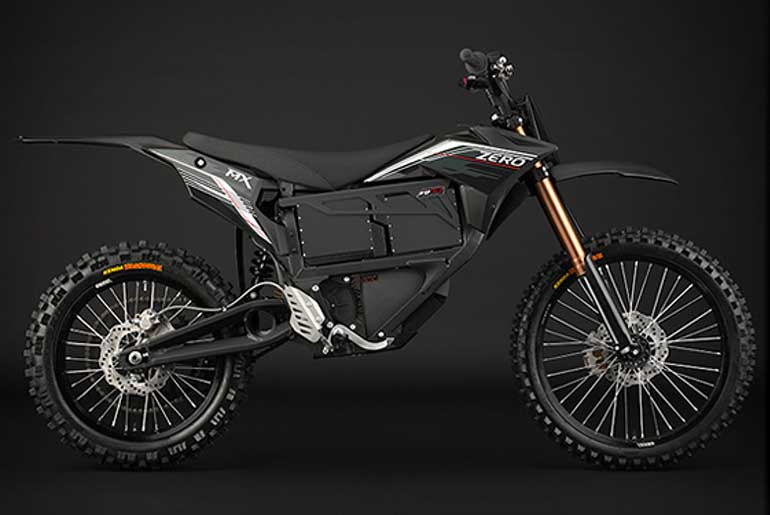Production of Zero Motorcycles’ new XE and XB electric motorcycles has officially started, and the first machines will be shipped shortly, the company stated this week. The achievement represents a significant advancement in Zero’s strategy to diversify beyond its high-performance EV motorcycles and capitalise on the expanding demand for more reasonably priced two-wheeled EVs.
“Bikes are rolling and the wait is almost over!” the company shared on its social media channels. “Zero XEs and XBs are coming off the production line and begin shipping worldwide over the next few weeks.”
As part of the company’s transition to smaller, more affordable electric motorcycles that might appeal to a wider range of consumers than the brand’s conventional flagship models, which range in price from $15,000 to $25,000. The Zero XE and XB were originally introduced in November 2024. Zero wants to take a piece of the considerably larger market for light electric dirt bikes with new models that directly compete with Sur Ron and Talaria-style electric motorbikes.
Although Zero has long been regarded as one of the leading companies in the heavyweight electric motorcycle market, many potential riders have not been able to afford its high price. These new, smaller, less expensive bikes are meant to change that.
The new XE and XB are substantially less expensive thanks to Asian manufacture and design. Priced at $4,395 for the Zero XB and $6,495 for the bigger XE. As a result, they face off against smaller, more affordable e-bike manufacturers like CSC, Ryvid, and even trail bikes like the notorious Sur Ron or Talaria.
However, unlike in Europe, where the XB and XE models are approved for use on public roads, the bikes’ non-street-legal status in the US may make sales more difficult.
Both bikes nevertheless bear the Zero mark, although they are less expensive than the brand’s larger flagship models. Although the models presented at EICMA still had a number of parts and stickers that were clearly of Chinese origin, including labels written in broken English, the duo is said to have been designed by Zero’s technical team in California and to use a reduced version of Zero’s Z-Force powertrain technology. The production models are likely coming off the line now, more than six months later, after undergoing a few more thorough checks.
Regarding specifications, the Zero XE has one of the biggest detachable batteries on the market, a 4.3 kWh battery. The bike can reach speeds of up to 85 km/h (53 mph) thanks to a 15.5 kW (21 hp) peak-rated air-cooled motor that is powered by that battery.
The slightly smaller XB boasts a 2.4 kWh battery that is similarly readily detachable for charging, along with a more modest 7.5 kW (10 hp) motor. The bike is more appropriate for riders who wish to concentrate on honing their skills or learning to jump rather than just riding quickly because of its slower top speed of only 28 mph (45 km/h). Although time will tell how accurate that estimate turns out to be, Zero ranks the XB with a range of 47 miles (75 km).
Zero has made it apparent that these bikes are intended to supplement rather than to compete with its premium portfolio, providing a first step into electric motorcycling for novice riders or urban commuters who do not require highway performance—at least for those commuters who live in Europe.
We’ll soon find out if Zero’s gamble on the low-cost electric motorcycle market pays off, as production has already started and shipping is imminent. With more reasonably priced models like the XB and XE, Zero is undoubtedly indicating that motorcycles will not only be quick in the future but also versatile.


1 Comment
Is uno minda e vehicle having li ion battery with 5kwh battery?
How much cost?